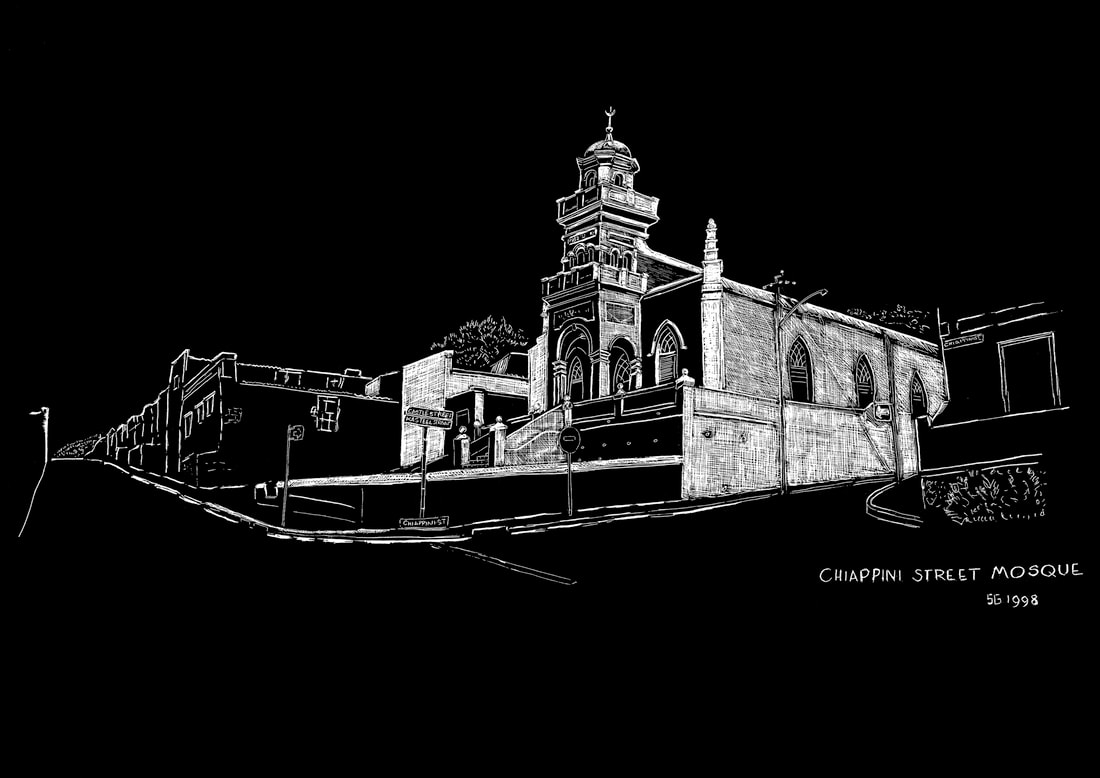The earliest development in the Bo-Kaap area was undertaken in the 1760s by Jan de Waal. Subsequently, the area became known as Waalendorp. It has also been known as the Malay Quarter, the Slamse Buurt, and Scotcheskloof. Translated from Afrikaans, Bo-Kaap means ‘Above the Cape’.
2) One of the oldest residential areas in Cape Town
Part of the Bo-Kaap’s charm is the mix of Cape Dutch and Cape Georgian architectural styles. One of the oldest buildings in the Bo-Kaap has been turned into a museum. The Bo-Kaap Museum showcases local Islamic culture and heritage. It was built by Jan de Waal in 1768, and is the oldest house in the area still in its original form.
In the 1700s, political exiles, slaves and convicts were sent to the Cape by the Dutch from India, Sri Lanka, Malaysia and the Indonesian Archipelago. These people and their descendants became known as Cape Malays. Many of them eventually settled in the Bo-Kaap. In the mid-twentieth century, the Apartheid government, under the Group Areas Act of 1950, declared the Bo-Kaap a Muslims-only area and forced people of other religions and ethnicity to leave the area. This case was unique because, during this time, most working class (and non-white) people in South Africa were being moved away from the cities.
4) Home to the country’s oldest mosque
Construction on the Auwal Mosque in Dorp Street began in 1794, making it the oldest mosque in South Africa. However, Muslims were only allowed to practice their religion in public from 1804. The mosque was built on land belonging to a freed slave called Coridon van Ceylon, whose daughter, Saartjie van den Caap, inherited and donated the land. Abdullah Kadi Abdus Salaam, also known as Tuan Guru, was the mosque’s first imam. Tuan Guru was imprisoned on Robben Island for political reasons. While he was there, he wrote an entire Quran from memory. This Quran is available for viewing at the Auwal Mosque.
5) The resting place of holy scholars
The Tana Baru Cemetery – which means ‘New Ground’ — was the first piece of land assigned by the government for use as a Muslim cemetery after religious freedom was granted in 1804. Regarded as one of the most hallowed cemeteries in Cape Town, Tana Baru, which is situated at the top of Longmarket Street on the slopes of Signal Hill, is home to three important kramats. These holy shrines were erected to honour the imams Tuan Nuruman, Tuan Sayeed Alawse, and Tuan Guru.
All images are available as high quality prints on non-archival paper or on stretched canvas. Click here for prices.
Place your order
by phone on +27 79 247 7532
by email to [email protected]
or inbox me on facebook: Solly Gutman Scratchboard Art
Other prints and a range of lifestyle products are available from Fine Art America - worldwide shipping available.



